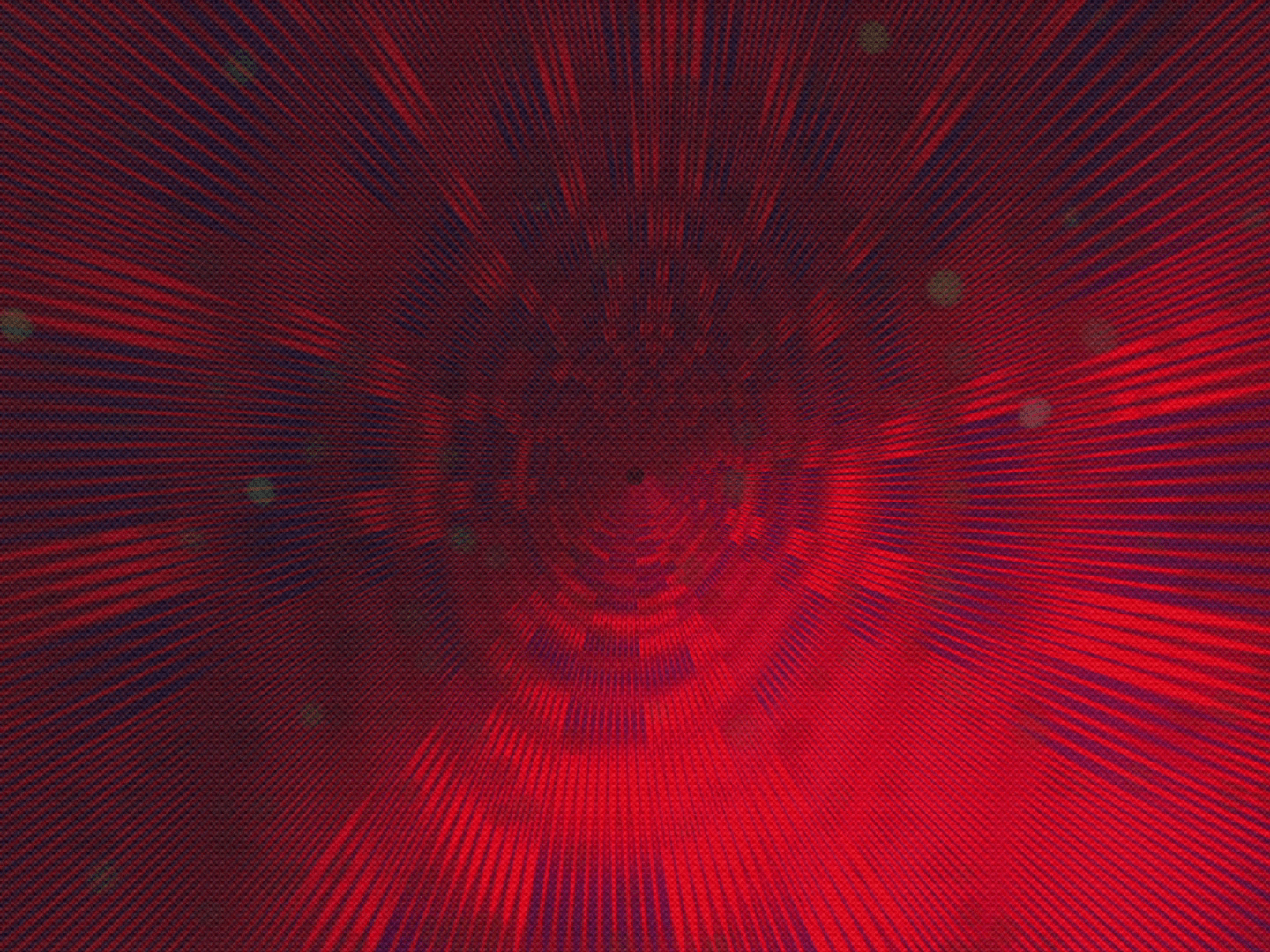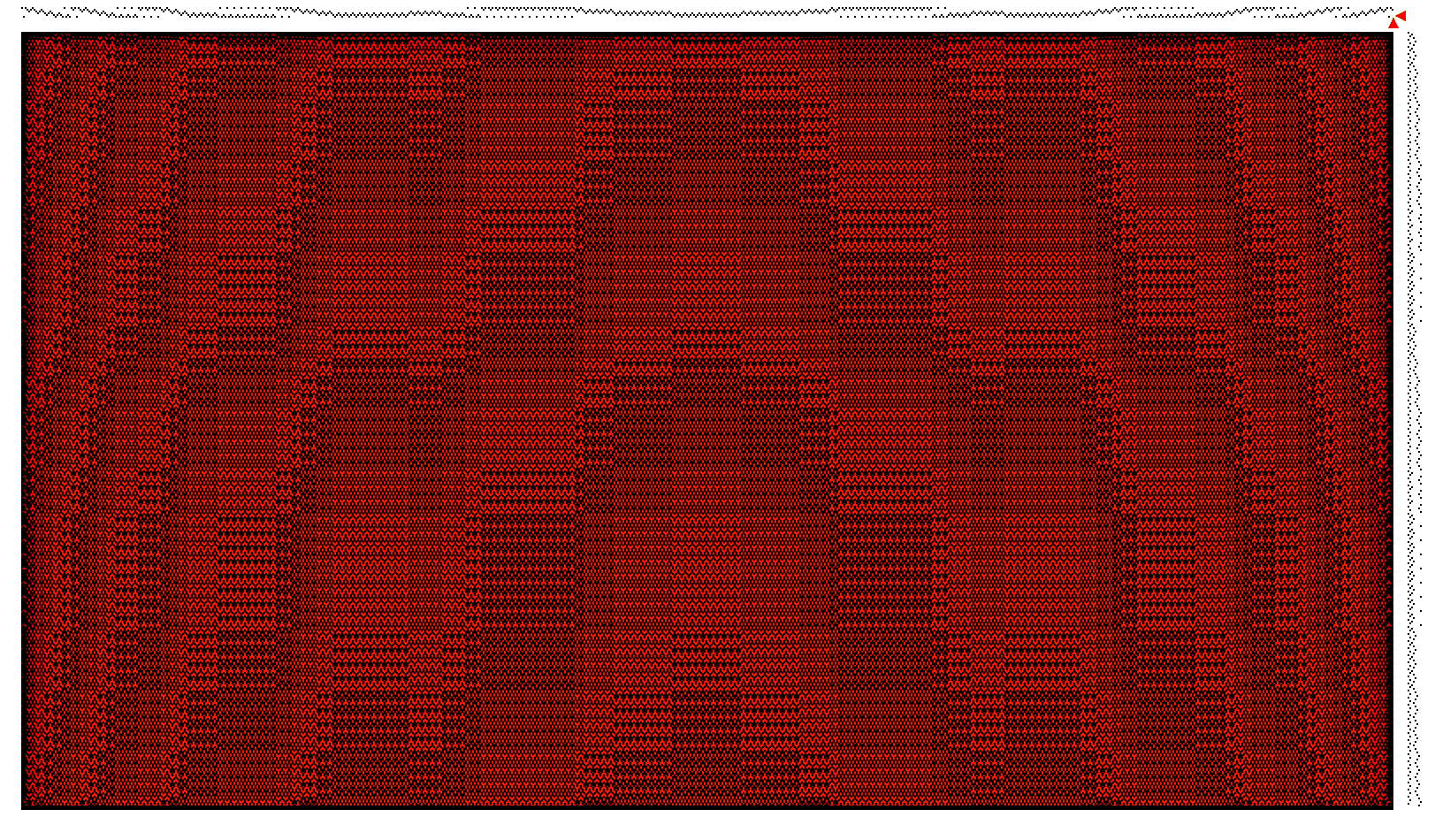Exhibition
Sara Elggren & Anders Häger Jönson
Letting the video occupy just a limited space
Welcome to the exhibition “Letting the video occupy just a limited space” by weaver Sara Elggren and filmmaker Anders Häger Jönson. This work in progress-exhibition is the result of their three-week Residency at Studio17.
In Anders Häger Jönson’s artistic practice he brings together elements from visually and thematically different parts of popular culture. He mainly works in video and text. Using tools like digital cameras, visual effect software and green screen together with older video gear he aims to create new aesthetic worlds. Aspect ratio, frame rate, image resolution and color spaces are generally seen as mere technical concepts. But they are closely connected to our collective memory and carry specific “time data”. In Häger Jönson’s work he experiments with these concepts, to create bridges between temporally and socioculturally divided parts of popular culture. He often shows his films in public spaces connected to fandom culture, like fan conventions and gatherings, presented with additional discussions and talks. This is an elaborate strategy to broaden the audience perspective, since the subjects and themes of the work (pop culture, fantasy, video games) are often connected to a specific online only discourse. Since the work itself focuses on making fictional characters come to life in real environments, pairing it with face-to-face discussions with a live audience mirrors the intent of marrying fiction and reality.
Häger Jönson is currently working with research on recording and reproduction of moving images. Specifically, early digital video techniques used in the 1990s; as much as possible with intact technology in the form of game consoles, CRT TVs, video cameras and older computers. The research is intended to result in a new technical and aesthetic work practice that emulates the aesthetics of this multimedia through today’s modern digital tools. With video material having such a big part of our daily lives and contemporary politics, everything from camera surveillance to TikTok videos, the idea is to explore collective memories of specific video aesthetics and how it connects to our past and future lives, with the goal of opening up the possibility of aesthetic travel in time and space.
Sara Elggren work with woven objects, characterized by repetition, shifts and variations in shades, light, and specific materials. Elggren examines spatiality in the properties of the material as well as in how they relate to surrounding bodies, history, dreams and various aspects of temporality. She has previously worked in collaborative constellations, including several artist-run residencies and interdisciplinary performing arts groups with questions concerning art’s connections and accessibility, language, limitations and possibilities. In her work with public spaces, she has used the weave’s notation and language in media such as print, film, text and sound in various ways, to spatialize and actualize the stories, myths, and the knowledge that the weave carries through its special history. As well as to create new spaces, new questions and new dreams for the bodies that move there now and then.
Elggren’s work is often consciously constructed in relation to the weaving notation; the schematic drawing of the x- and y-axis of a loom, that is similar to music notation, the sort of underlying code that a weaver can follow to be able to replicate a weave. This specific way of writing code also became what spurred the textile industrialisation and revolution as we came to know it, as well as laid ground for the very first computer code. In her work, Elggren looks at the performative aspects of weaving notation; how does this code move a weaver and its surroundings? How does it make one read, dream, how does it generate a sense of timespace? How does it matter? A performative perspective that she challenges and deepens in her practice, with a background of studies together with weavers in Japan, US, UK, Norway and Sweden.
Elggren and Häger Jönson have for several years collaborated in research projects, as well as assisted each other in their respective artistic practices, and during their residency at Studio17, they are working on physical and spatial sketches for where their individual works and concepts are given time and space to merge into each other in new ways. Their collaboration stems from the mutual use of pixels in both digital video and weaving notation. Focusing specifically around the use of digital video in multimedia works from 1990s where the technical limitations, like low resolution, forced the video to occupy just a limited space rather than filling the whole screen. The space outside the video part was often filled with non-moving digital art, in the form of visual patterns or digital paintings. In Studio17, Häger Jönson and Elggren is starting to explore this aestethical middleground
Exhibiton Opening
Thursday 29.08.24
16:00 - 20:00
Opening hours
Friday 30.08.24
Saturday 31.08.24
12:00 - 16:00


